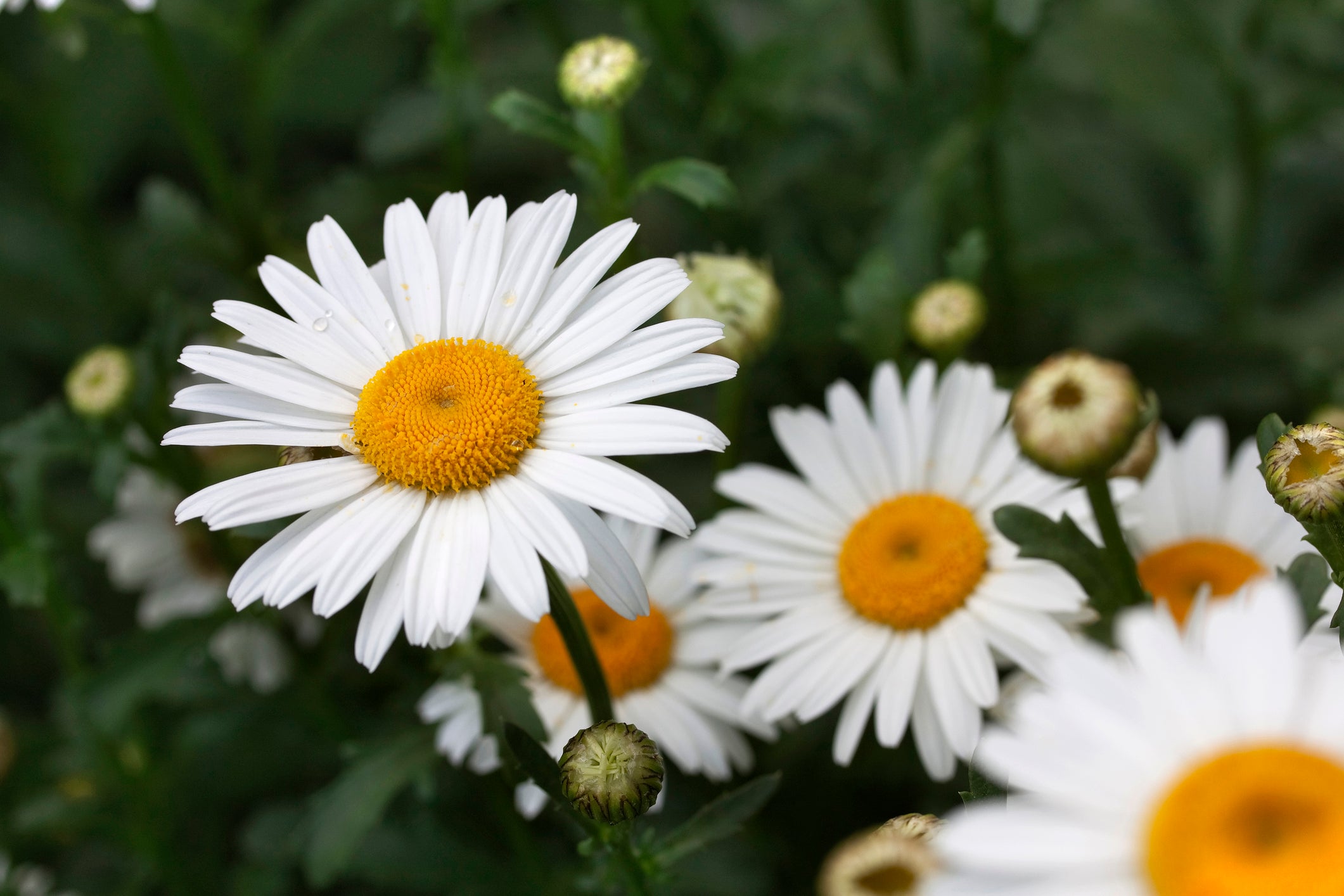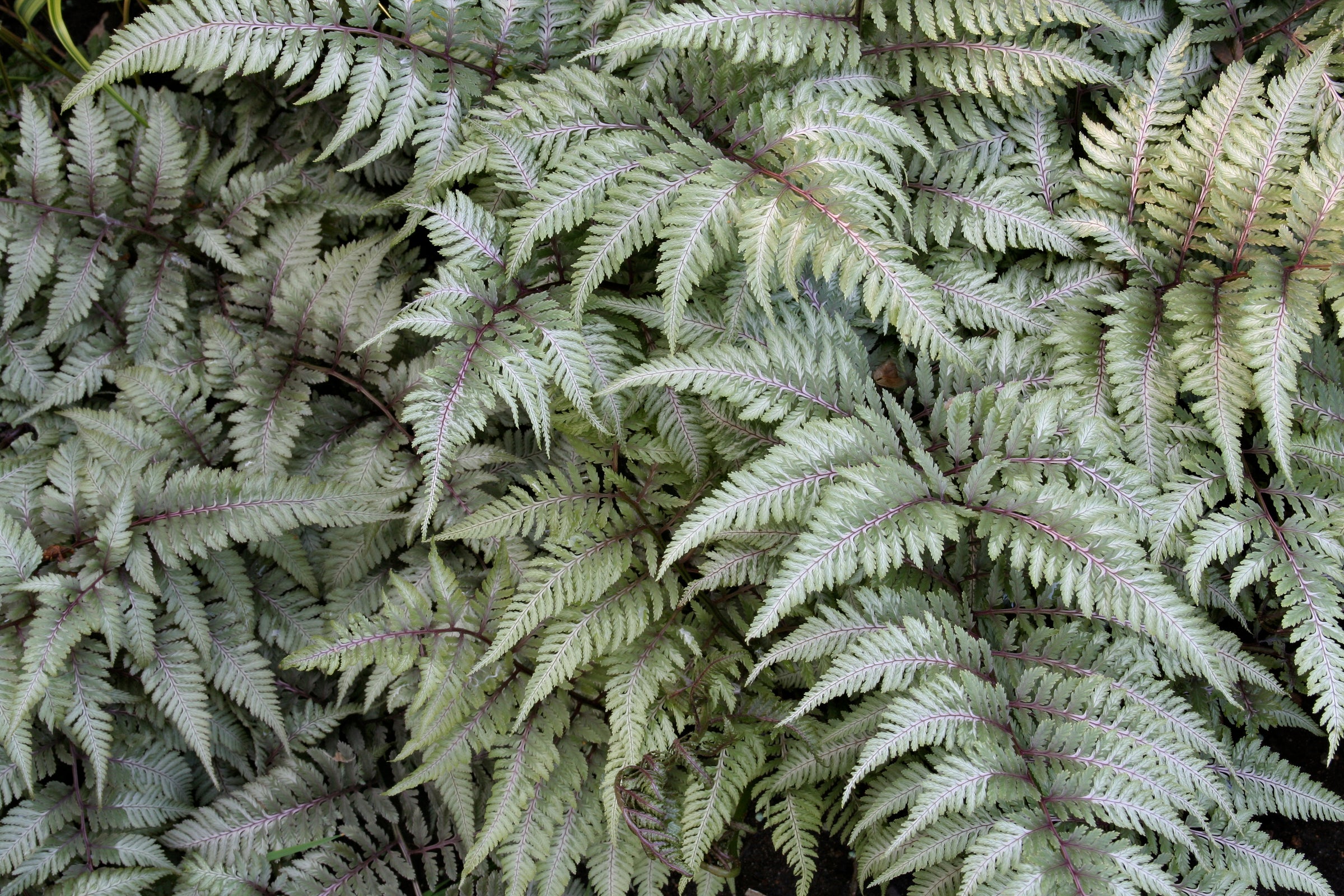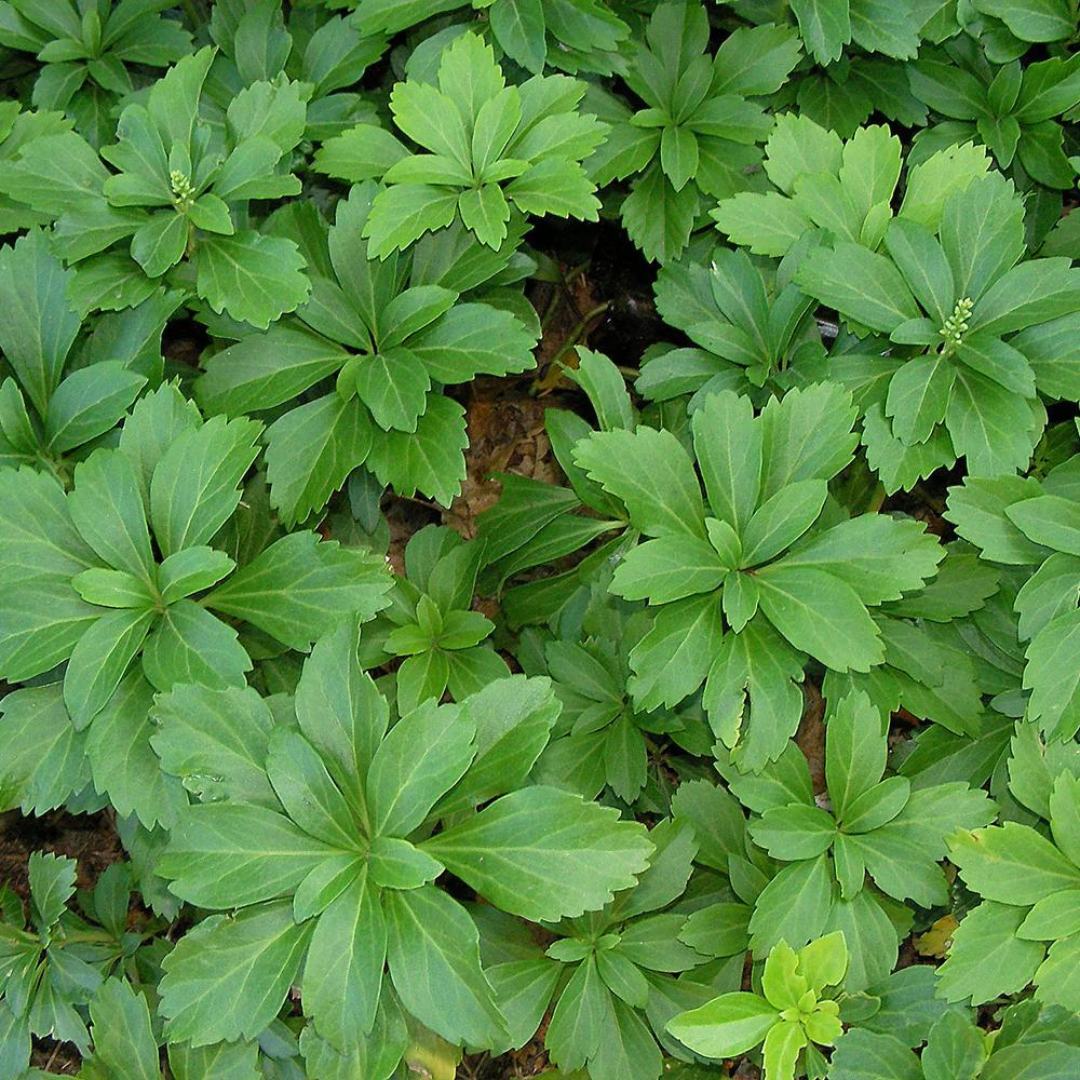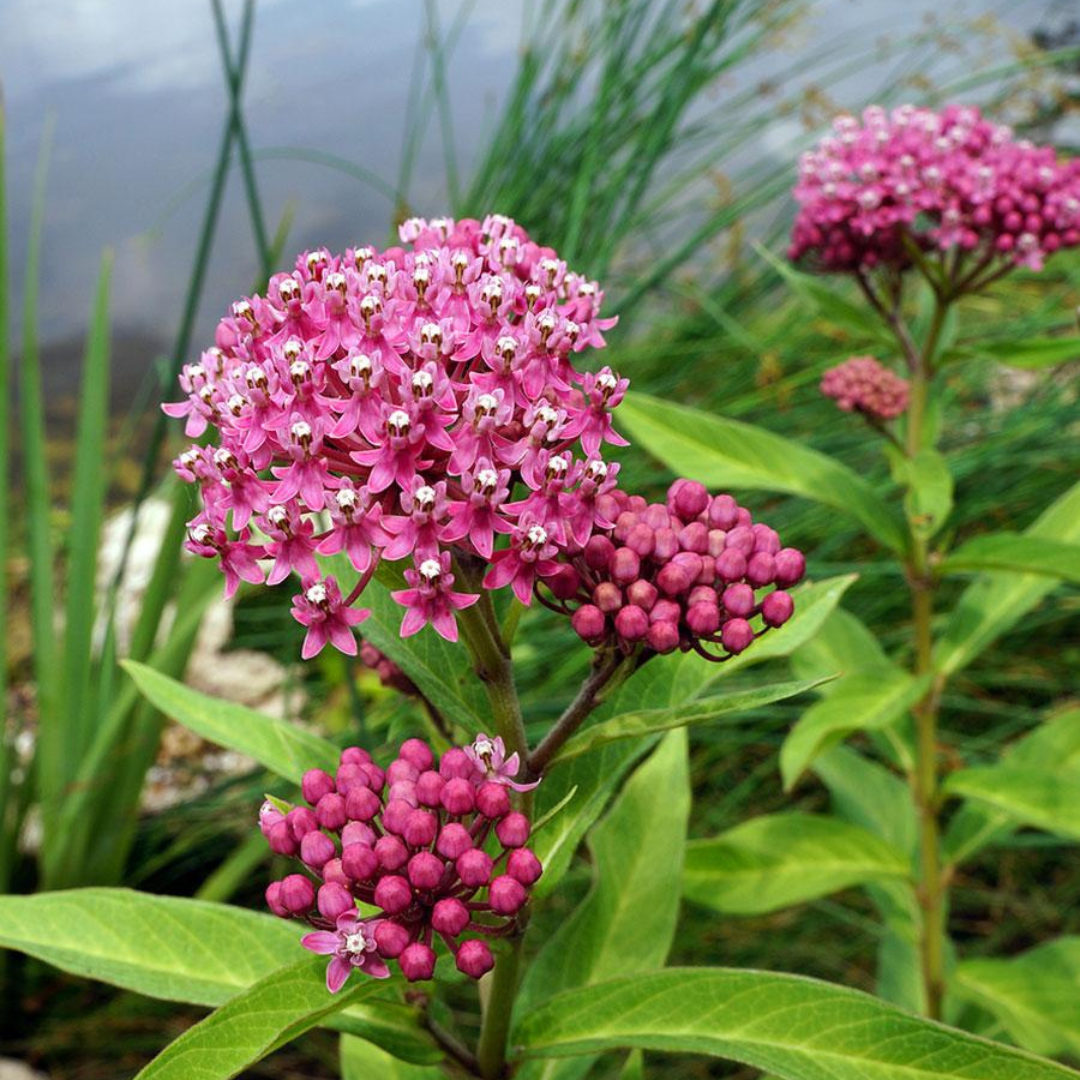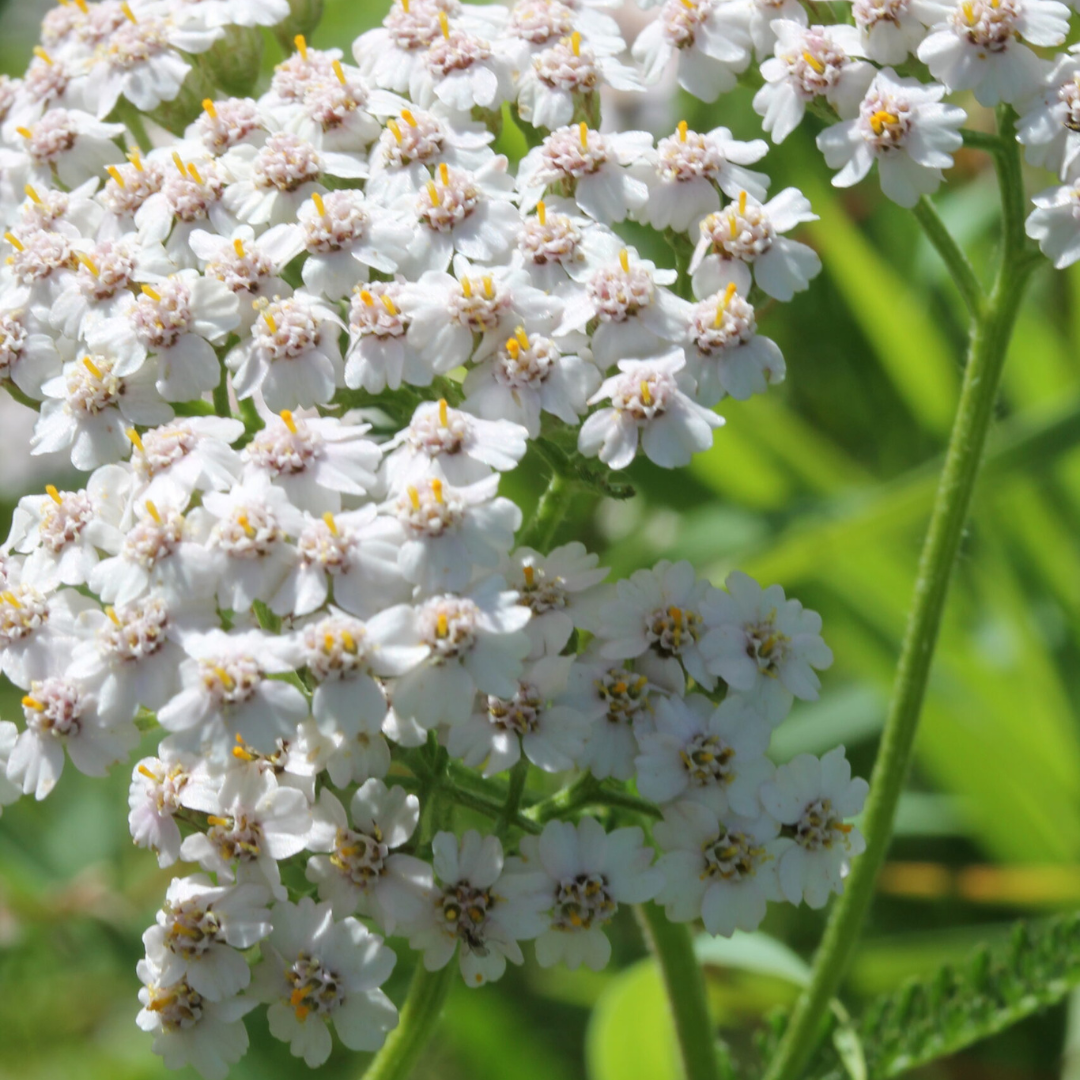
Achillea millefolium
Add to Wishlist Full Sun
Full Sun
 Drought Tolerant
Drought Tolerant
 Deer Resistant
Deer Resistant
 Pollinator Friendly
Pollinator Friendly
 Native
Native
 Low Maintenance
Low Maintenance
- In stock, ready to ship
- Backordered, shipping soon
Achillea millefolium: A Wild Beauty with Timeless Versatility
Soft yet sturdy, Achillea millefolium is a long-loved perennial that blends wild charm with garden performance. Native across much of North America, Europe, and Asia, this adaptable yarrow forms a spreading clump of finely divided, aromatic foliage topped by flat clusters of soft white to pale pink blooms. It thrives in sun and lean soils, delivering pollinator value, erosion control, and graceful texture from early summer through late summer. Whether naturalized in a meadow or tucked into a mixed border, it brings enduring ease and understated beauty.
Plant Characteristics:
- Height: 60–90 cm
- Spread: 60–75 cm, slowly spreading clump
- Flower Colour: Soft white to pale pink (natural form); cultivars range widely
- Flowering Period: Early to late summer; reblooms with deadheading
- Foliage: Finely cut, aromatic green foliage with lacy texture
- Sunlight Requirements: Full sun; light shade tolerated with reduced bloom
- Soil Requirements: Well-drained soil; thrives in sandy, rocky, or poor soils
Uses and Benefits: Achillea millefolium is a multitasking perennial valued for its ornamental appeal and ecological benefits. Its flowers are a magnet for bees, butterflies, and beneficial insects, while its roots help prevent erosion and stabilize disturbed soils. It’s an excellent fit for wildflower meadows, native plantings, sunny borders, and pollinator gardens. Drought tolerant and low maintenance, it also carries a rich herbal legacy, once used in teas and salves for its healing properties.
Companion Plants: Pair Achillea millefolium with Echinacea purpurea 'Magnus' for bold colour contrast and height. Add Calamintha nepeta for a mist of mint-scented white blooms and fine texture. Complete the trio with Pennisetum alopecuroides 'Hameln', whose soft, arching seed heads and grassy movement complement the yarrow’s upright blooms and match its drought-loving nature.
Care Instructions: Water occasionally during prolonged dry spells; otherwise, this plant thrives on neglect. Deadhead to encourage repeat bloom and reduce self-seeding. Cut back spent stems in late fall or early spring. Divide every few years to rejuvenate growth and prevent excessive spread. Avoid overly rich soils or high fertilization, which can lead to floppy stems.
History: Named for Achilles, the legendary Greek warrior said to use the plant to treat wounds, Achillea millefolium has a long-standing history in herbalism and folklore. “Millefolium” means “a thousand leaves,” a nod to its finely divided foliage. Native across much of the Northern Hemisphere, it remains a symbol of resilience, healing, and natural elegance in modern gardens.
Final Thoughts: Enduring, adaptable, and deeply rooted in garden tradition, Achillea millefolium is a reliable favourite for sunny landscapes. It brings texture, pollinator value, and timeless beauty wherever it grows—proof that the wild and the cultivated can coexist with grace.


